Centuries ago, the Silk Road wasn’t just a trade route — it was the lifeline of empires, a web of paths connecting China to the Mediterranean. Traders, monks, nomads, and conquerors moved silk, spices, ideas, and art across thousands of miles. Today, you can still trace the history of the Silk Road through modern travel, not just in museums, but by walking in the footsteps of its many travelers — across deserts, through caravanserais, and into cities that once buzzed with global exchange. Here’s how to experience this legendary road with fresh eyes and open curiosity.
Xi’an, China: Where The Road Began
Xi’an is where the Silk Road officially started — the eastern gateway to the route. Once known as Chang’an, it was the capital of ancient China and a major trade hub. Today, it’s home to the iconic Terracotta Warriors, the ancient city wall, and the Muslim Quarter, where Middle Eastern influences still flavor food and architecture. Visit the Silk Road Starting Point Museum and walk the Drum Tower Square to feel how past and present still merge in this vibrant city.
Kashgar, China: The Last Outpost Before Central Asia
In the far west of China lies Kashgar, a crossroads of cultures. This ancient oasis town, with its Sunday Bazaar and Old Town alleys, was a key stop for caravans heading into the Taklamakan Desert. While the city has changed, traces of its Uyghur heritage and its place on the Silk Road remain vivid. Don’t miss the Id Kah Mosque or a stroll through the livestock market, where echoes of ancient commerce still linger. For more, see Lonely Planet’s Kashgar guide.
Samarkand, Uzbekistan: Jewel Of The Road
Few cities sparkle with Silk Road grandeur like Samarkand. Once ruled by Timur (Tamerlane), it’s home to the stunning Registan — a trio of madrasas tiled in turquoise and gold — and ancient observatories, tombs, and palaces. Samarkand was a vital link between East and West, and modern travelers can still feel its global pulse in its markets, architecture, and legendary hospitality. Learn more via Uzbekistan.travel.

Bukhara & Khiva: Timeless Cities In Uzbekistan
These two cities may not be as widely known, but they are pure Silk Road poetry. Bukhara boasts over 140 protected buildings and was once a major center of Islamic learning. Khiva, encased in desert walls, feels like a living museum. Walk through madrasa courtyards, climb minarets, and watch artisans craft textiles and pottery much as they did centuries ago. These cities are ideal for travelers interested in diving deep into the history of the Silk Road through modern travel.
Tehran, Iran: Echoes Of Empire
While Iran is often associated with Persian history, it also played a crucial role in the Silk Road. From caravanserais dotting its deserts to the poetry of Hafez, Iran connects trade and spirituality. In Tehran, visit the National Museum and Grand Bazaar. Further south, cities like Yazd and Isfahan showcase Silk Road architecture and Zoroastrian roots. Traveling here gives a deeper sense of the region’s soul and complexity. Check updates at VisitIran.ir.

Istanbul, Turkey: The Gateway Between Worlds
Istanbul, once Constantinople, was where East finally met West. Spices, textiles, and philosophies changed hands here, marking the end — or beginning — of the Silk Road, depending on your journey. Visit the Grand Bazaar, Hagia Sophia, and Topkapi Palace. Wander the narrow streets of the Galata district and cruise the Bosphorus to feel the cultural fusion that has always defined this city. For more, visit GoTürkiye.com.
Modern-Day Routes And Experiences
You don’t need to follow the entire ancient route to explore the history of the Silk Road through modern travel. Specialized tour operators now offer heritage trips along major segments. Backpackers can overland via Kyrgyzstan, Tajikistan, and into western China. Others choose themed routes — culinary Silk Road tours, photography journeys, or biking adventures. Every stop offers a new connection to a world that once rewrote geography.
The Silk Road wasn’t just about goods — it was about ideas, conversations, and cross-cultural discovery. Traveling this path today is more than just historical tourism. It’s a way to engage with a layered past that still shapes how we trade, worship, dress, and communicate. It reminds us that borders shift, but the threads between people remain strong.
Have you explored any part of the Silk Road? What city left the deepest impression on you? Share your journey in the comments — or tell us which ancient stop you’d love to explore next. For more time-traveling adventures, cultural routes, and destinations where the past comes alive, follow us on social media. We’re uncovering the world — one ancient path at a time.
Catch up on the top stories and travel deals by subscribing to our newsletter!

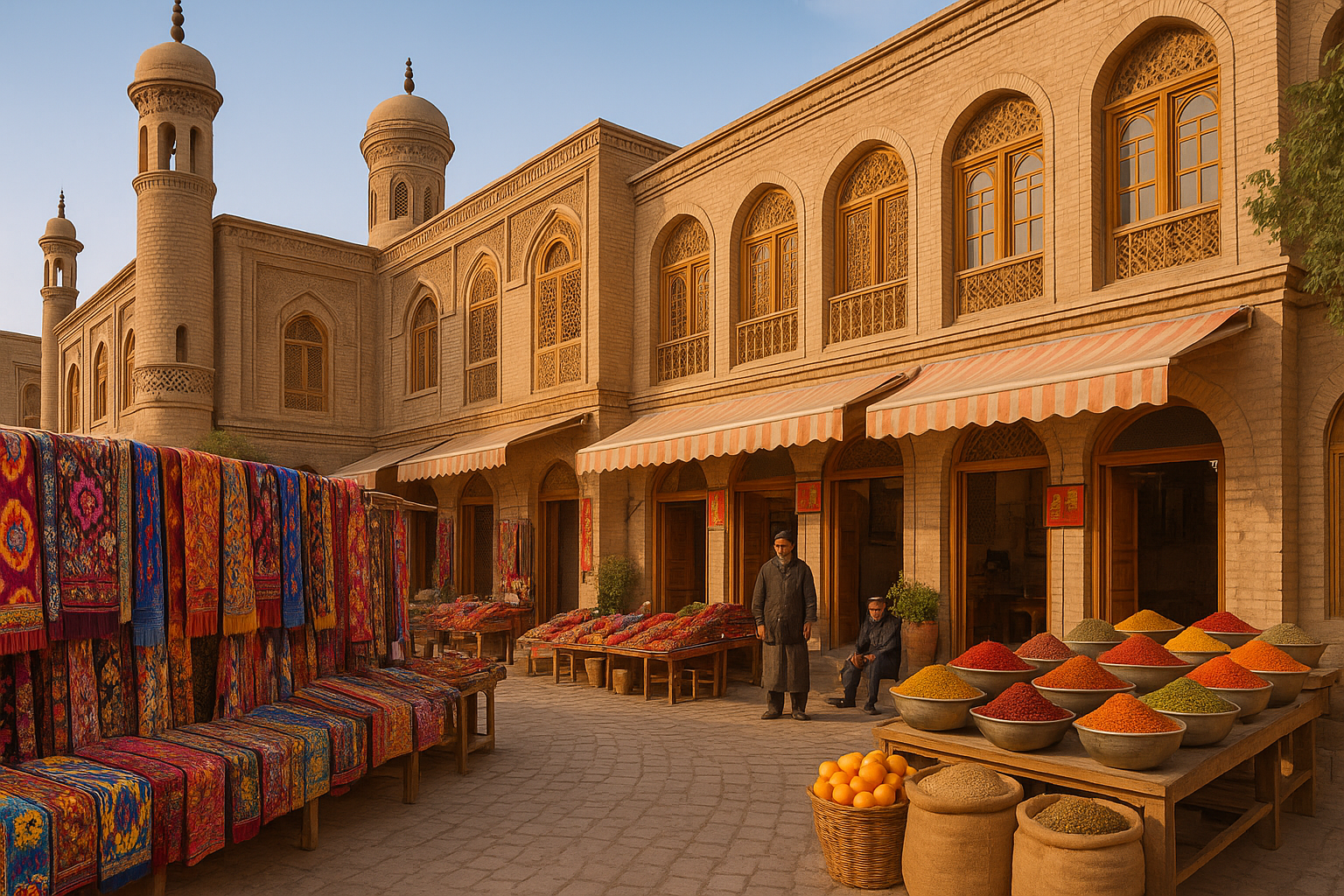


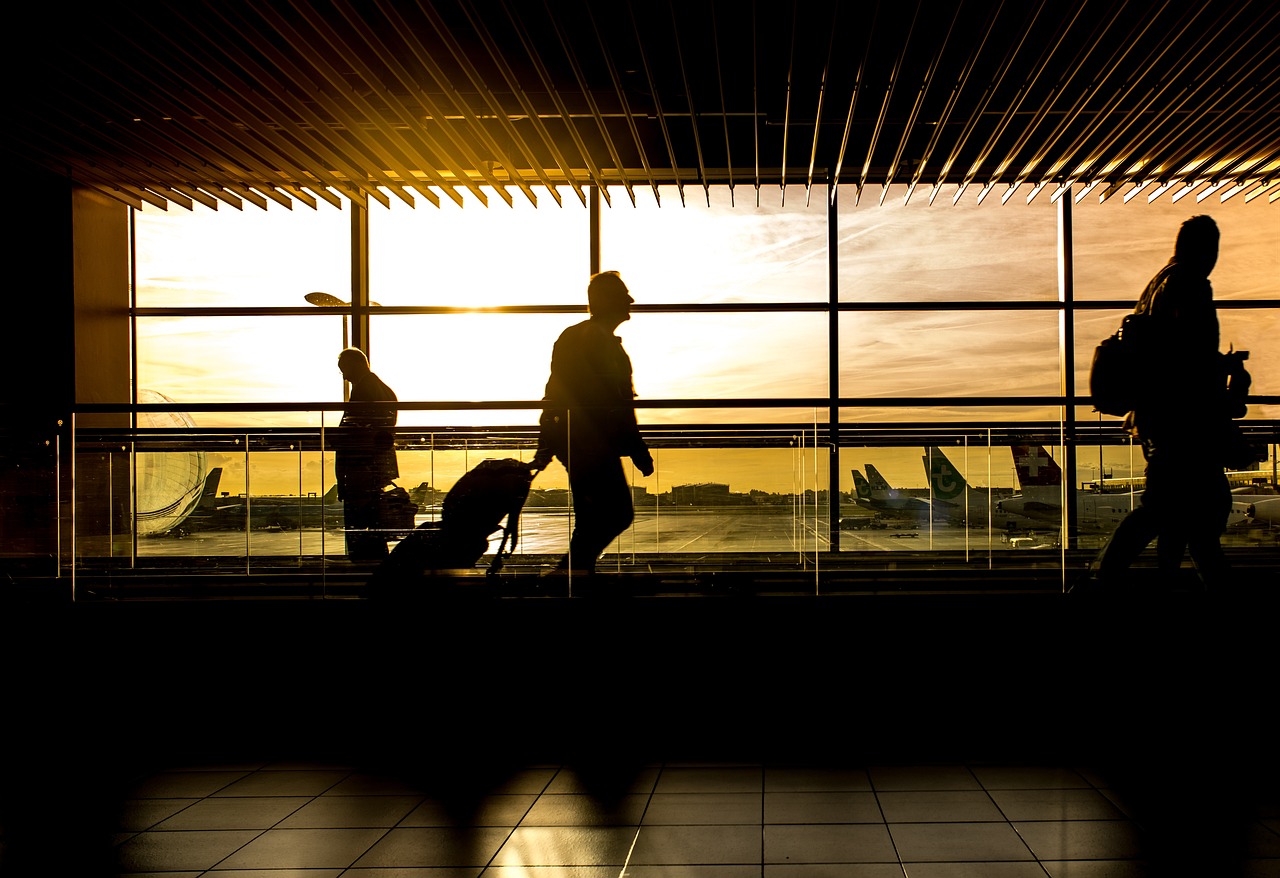


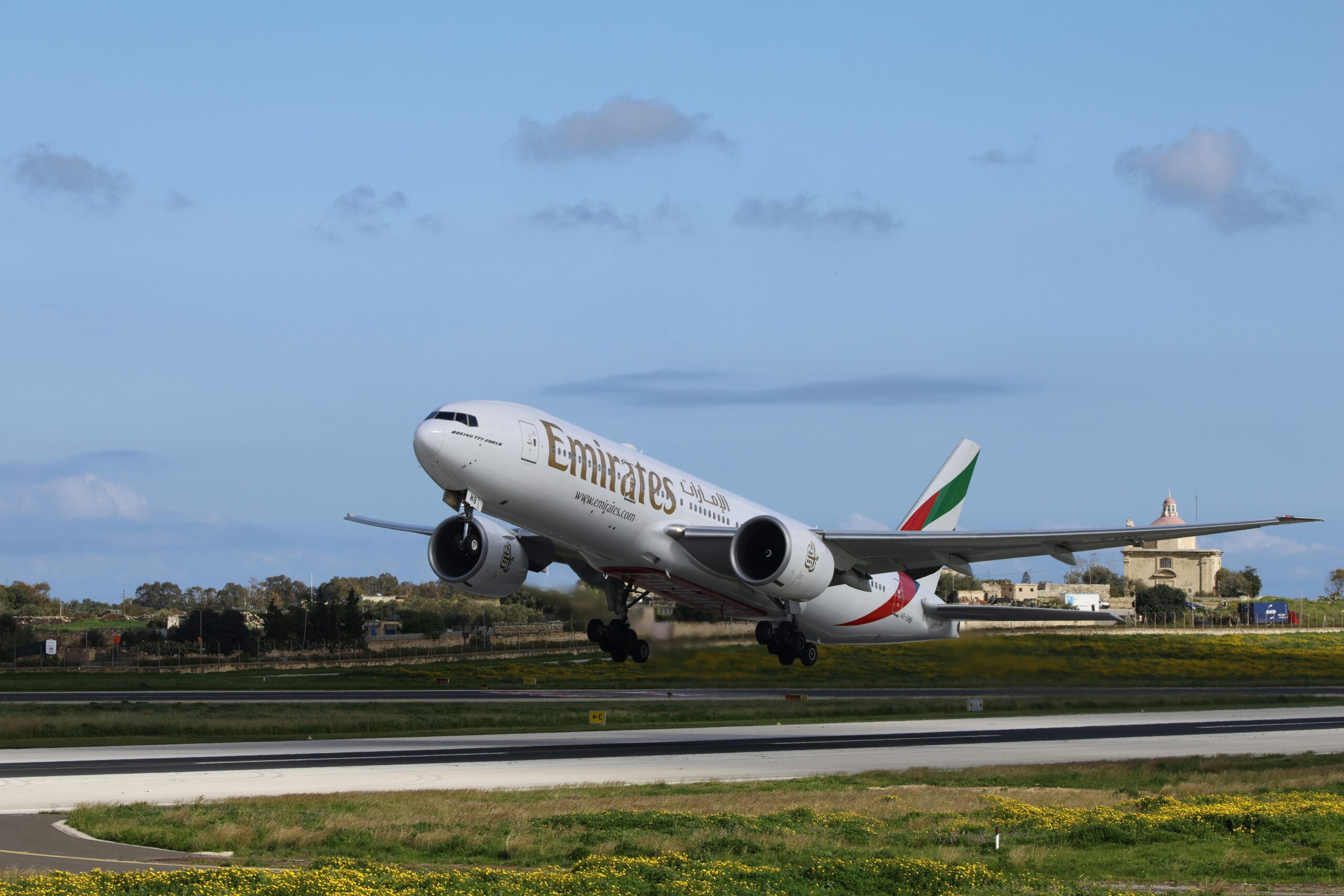
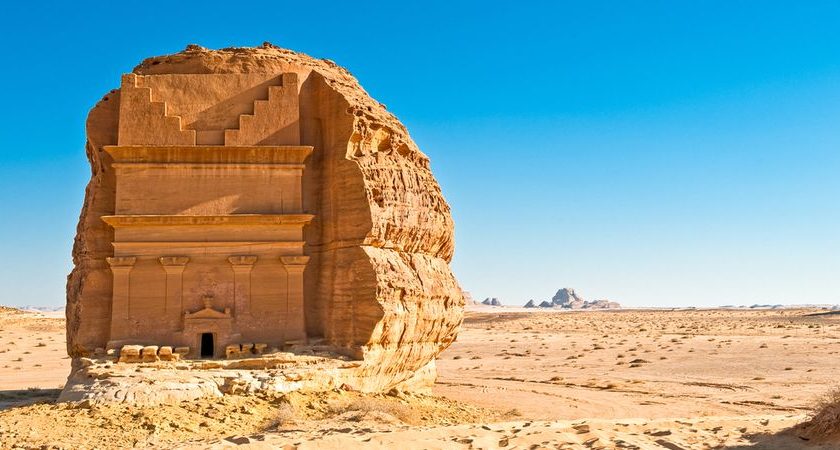

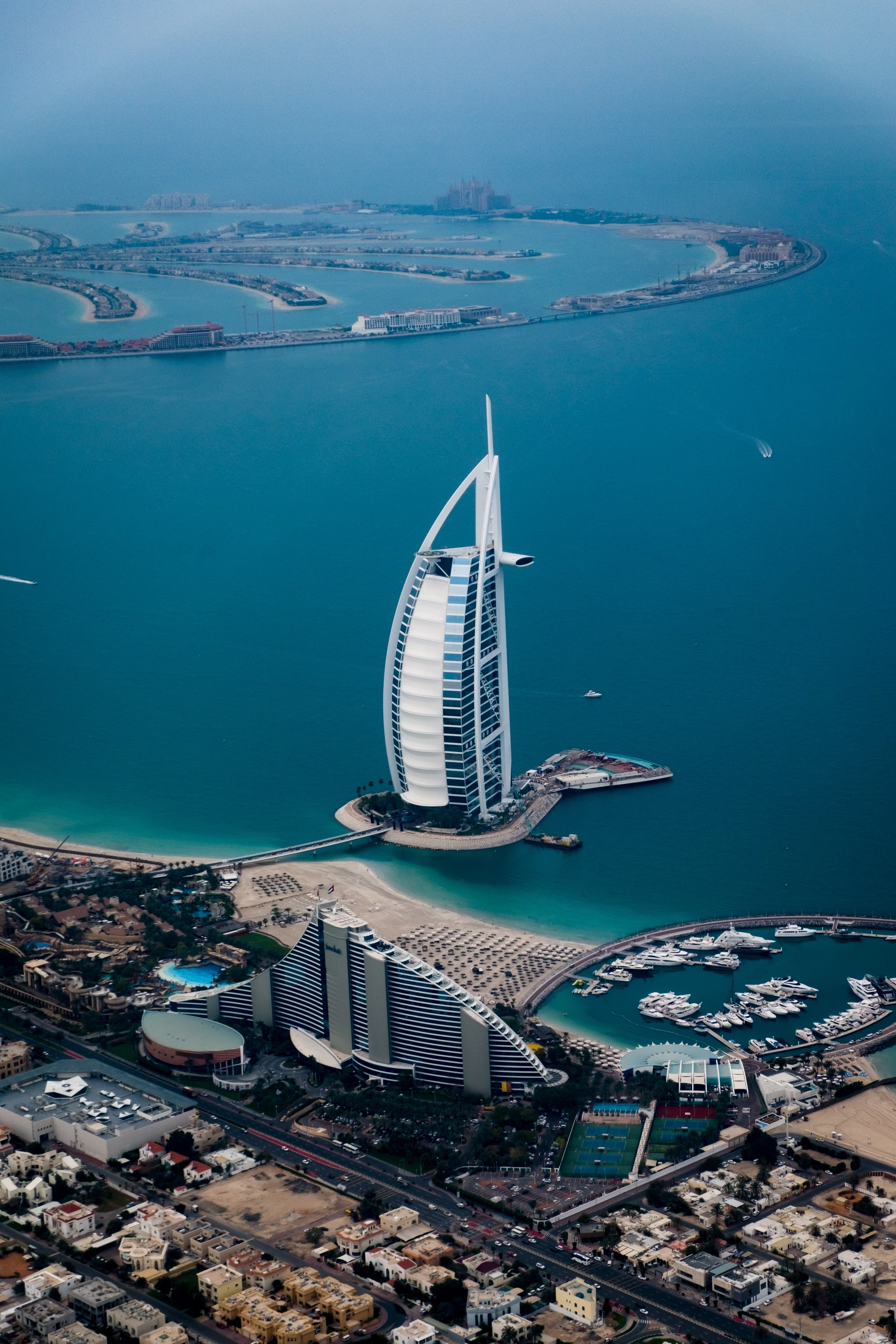
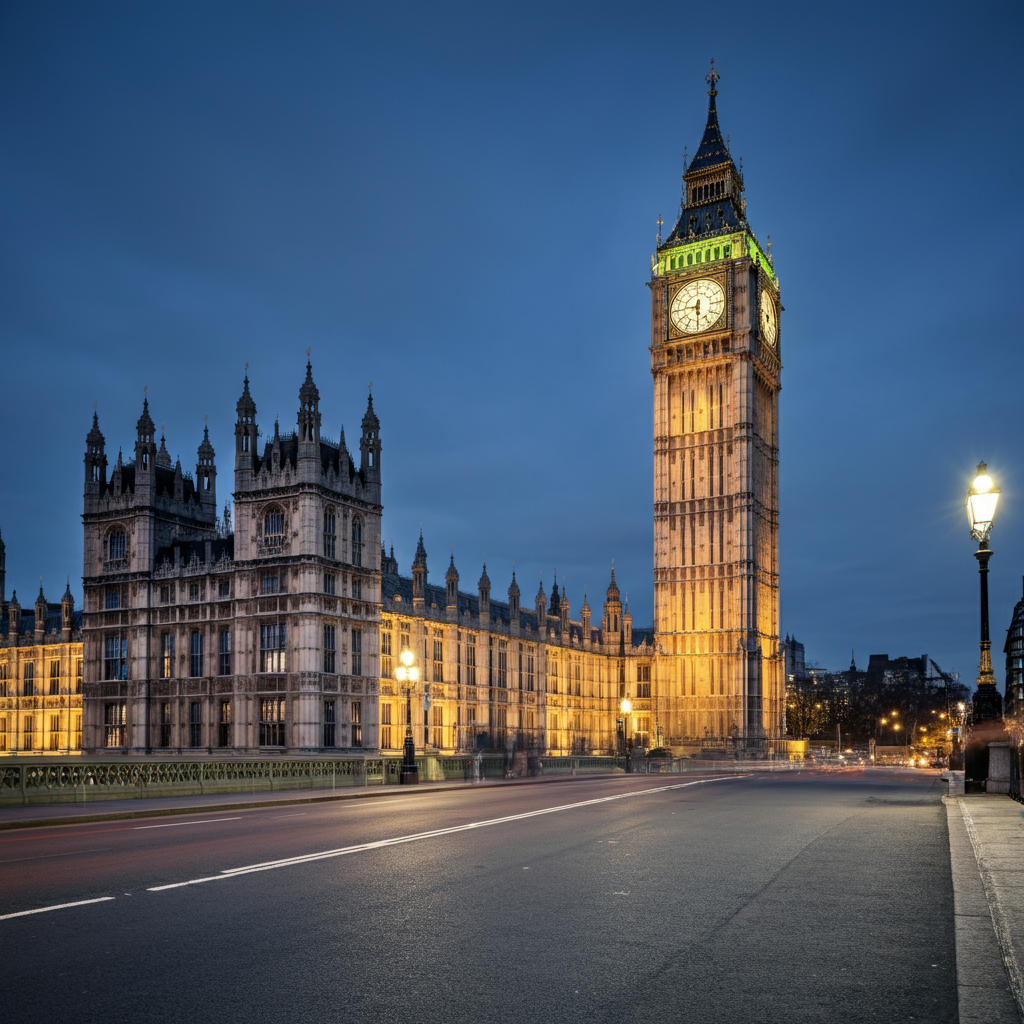
Leave a Reply